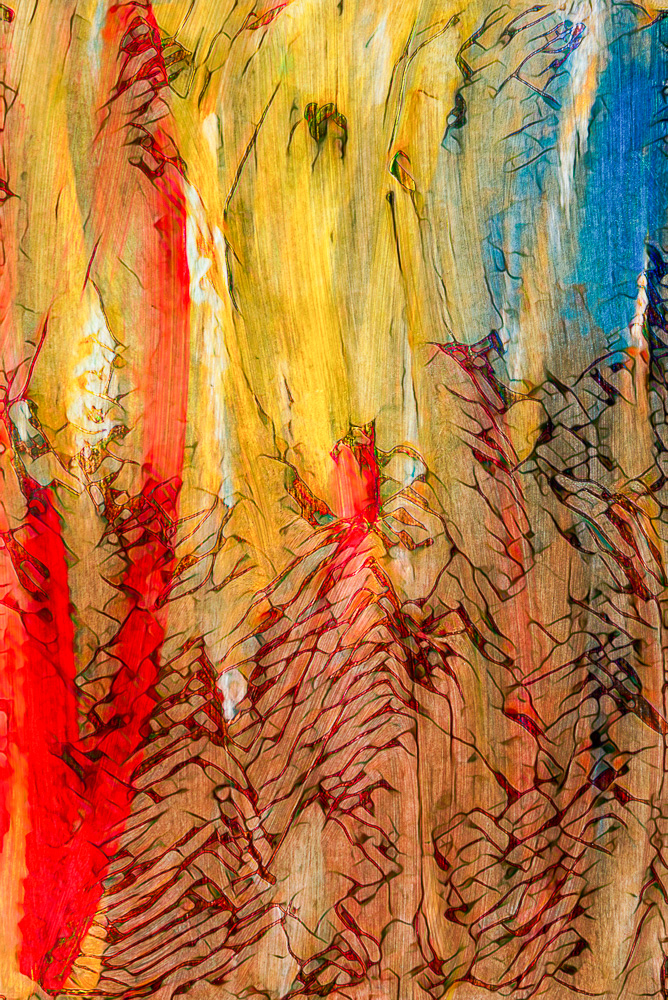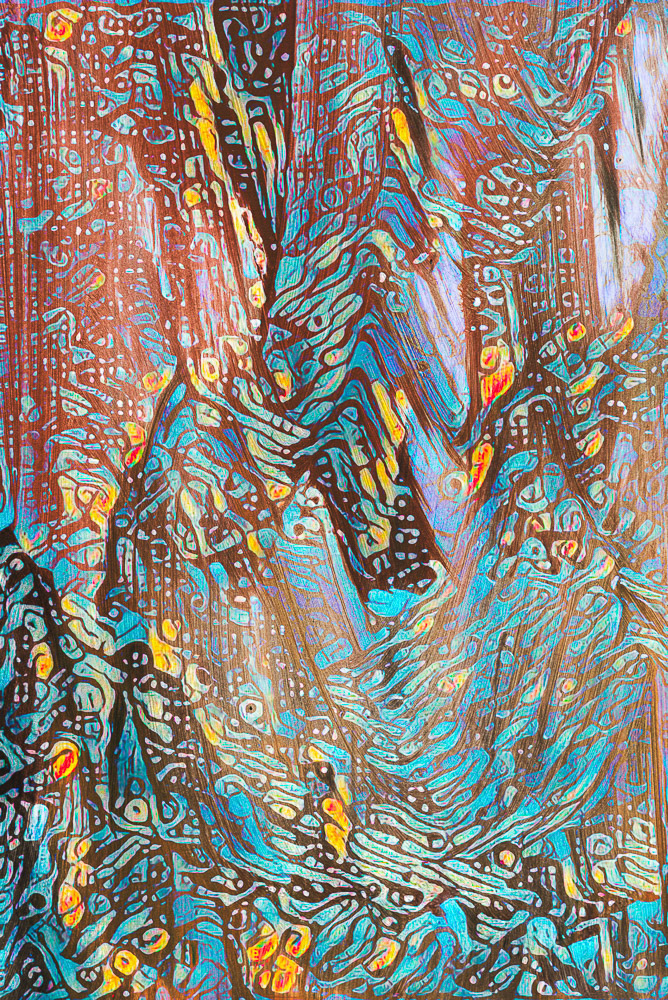Abstract Expressionism
Abstract Art: Emotion #1: First Attraction
This artwork is part of the Abstract Art: Emotions collection
What is Expressionism Art?
Expressionism is an artistic style and movement that originated in Germany at the beginning of the 20th century, but quickly spread to other parts of Europe and beyond. It is characterized by a subjective, emotional, and highly individualistic approach to art, in which artists seek to convey their own inner experiences and feelings rather than reproduce external reality.
In Expressionist art, forms are often distorted and exaggerated, colors are intense and bold, and compositions are often highly dynamic and charged with energy. Expressionist artists also frequently used symbolism and metaphor to convey deeper meanings and emotions.
Expressionism can be seen in various forms of art, including painting, sculpture, literature, theater, and film. Some of the most famous Expressionist artists include Edvard Munch, Vincent van Gogh, Wassily Kandinsky, and Emil Nolde. The movement had a significant influence on later artistic styles such as Abstract Expressionism, Neo-Expressionism, and Fauvism.
What is Abstract Expressionism?
Abstract Expressionism is a style of art that emerged in the United States in the 1940s and 1950s, and is considered one of the most important art movements of the 20th century. It is characterized by large-scale, abstract paintings that are often created through an intense and spontaneous process, with the aim of expressing the innermost emotions and psyche of the artist.
Abstract Expressionist works often feature non-representational forms, bold brushwork, and intense color, and the paintings may be composed of drips, splatters, and other gestural marks. The movement is also characterized by a focus on the act of painting itself, with many artists emphasizing the physicality and materiality of the paint and canvas.
Some of the most well-known Abstract Expressionist artists include Jackson Pollock, Willem de Kooning, Mark Rothko, Barnett Newman, and Clyfford Still. The movement had a significant impact on the development of modern art and is considered a precursor to other styles, such as Color Field painting and Minimalism.



